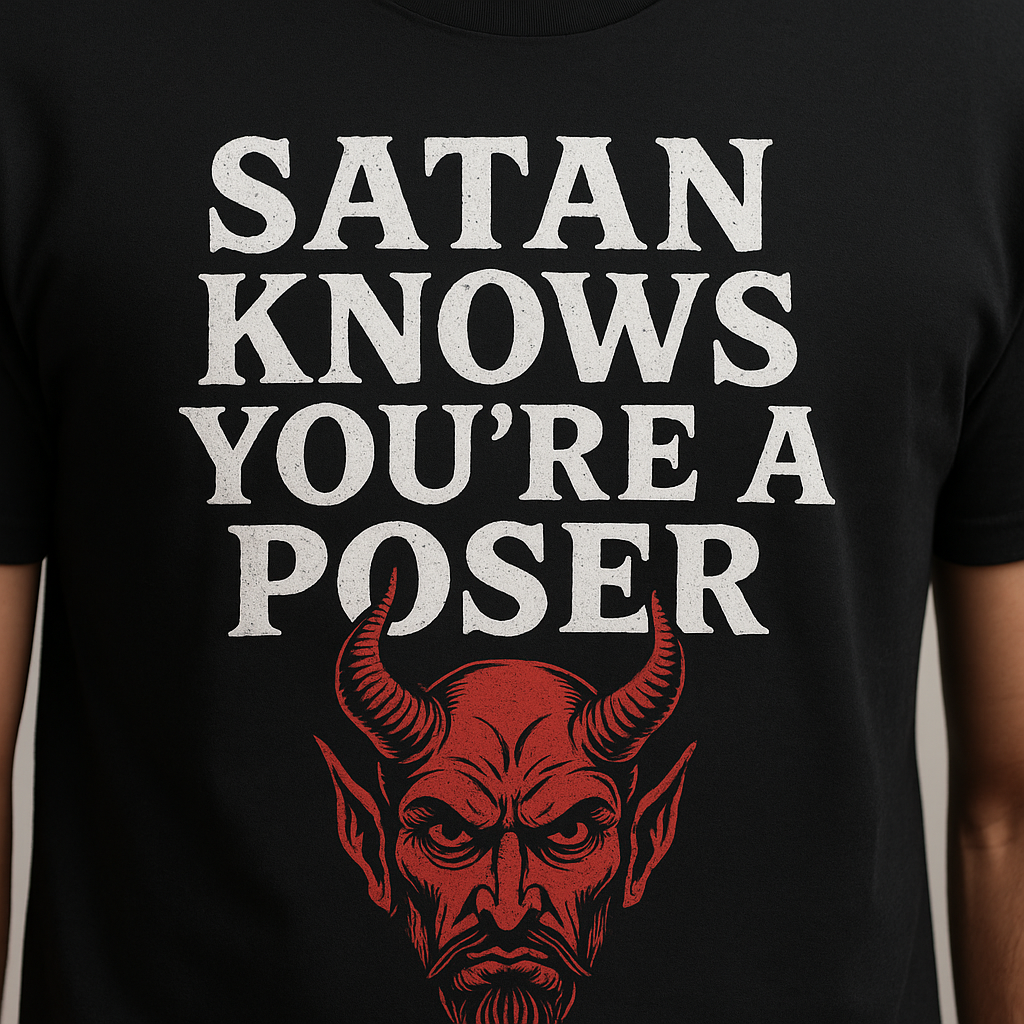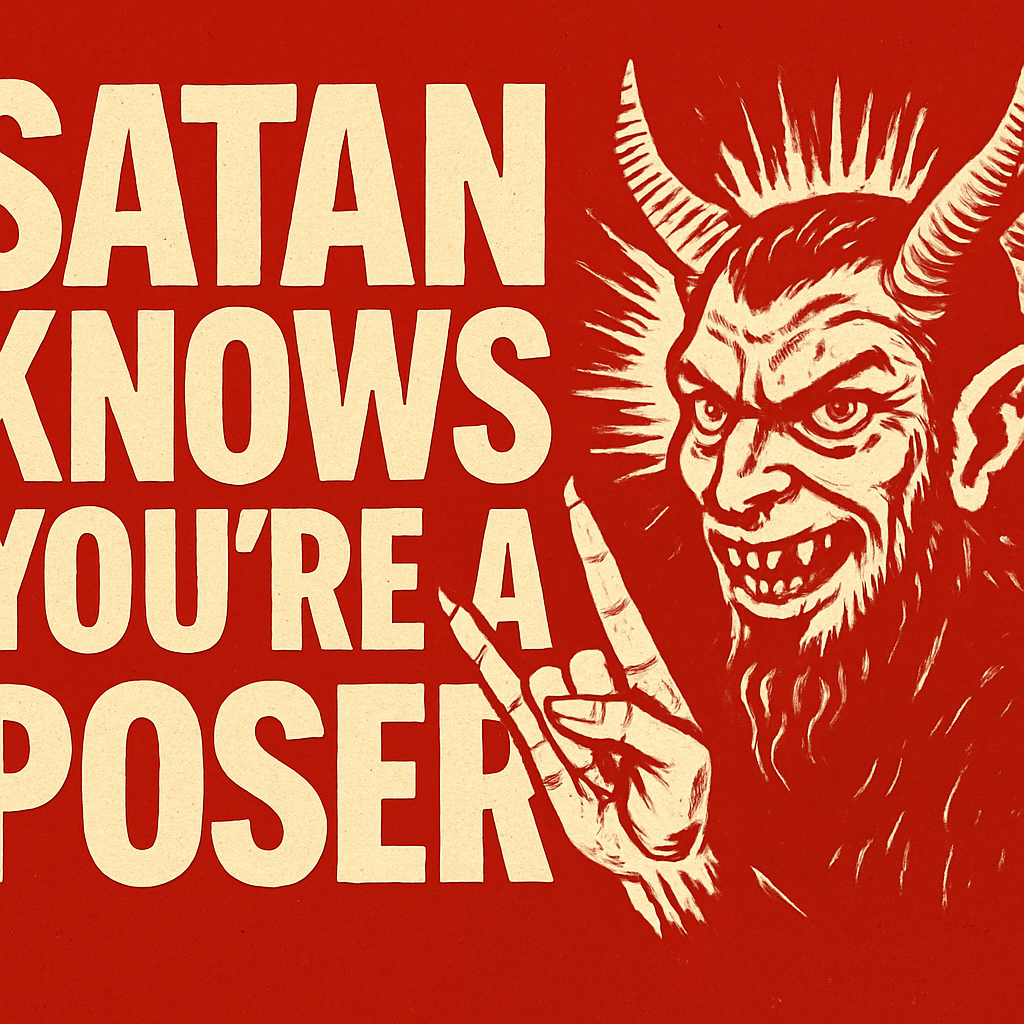Picturestees's News
Exploring the Hammer Brooklyn Satan: Origins and Significance
The “Hammer Brooklyn Satan” symbol has emerged as a notable and enigmatic emblem within Brooklyn’s diverse urban culture. Combining stark imagery and layered meanings, this symbol has sparked curiosity and discussion among locals and observers alike. Understanding its origins, cultural significance, and contemporary interpretations provides insight into the complex social and artistic fabric of Brooklyn.
Origins and Meaning of the Hammer Brooklyn Satan Symbol

The Hammer Brooklyn Satan symbol is believed to have originated from the intersection of street art and underground subcultures in Brooklyn during the early 2010s. The design typically features a hammer intertwined with satanic or occult motifs, reflecting a blend of industrial grit and countercultural rebellion. The hammer, a tool associated with labor and construction, symbolizes Brooklyn’s working-class roots, while the satanic elements evoke themes of defiance against mainstream norms and authority. This juxtaposition creates a powerful visual metaphor for resilience and resistance within an urban environment undergoing rapid change.
Cultural Significance in Brooklyn’s Urban Landscape
Within Brooklyn’s urban landscape, the Hammer Brooklyn Satan symbol functions as both a marker of identity and a form of social commentary. It appears in graffiti, murals, and various forms of street art, often in neighborhoods experiencing gentrification and demographic shifts. For many, the symbol encapsulates the tensions between tradition and transformation, highlighting the struggles of marginalized communities to maintain their cultural heritage amid economic and social pressures. Its presence in public spaces invites dialogue about power dynamics, urban renewal, and the role of art in expressing collective experiences.
Contemporary Interpretations and Community Reactions
Contemporary interpretations of the Hammer Brooklyn Satan symbol vary widely, ranging from appreciation as a bold artistic statement to criticism for its provocative imagery. Some community members embrace the symbol as an emblem of Brooklyn’s edgy and diverse spirit, viewing it as a celebration of individuality and resistance. Others express concern that the satanic imagery could be misinterpreted or alienate certain groups, prompting discussions about the responsibilities of public art. Overall, the symbol continues to provoke debate and reflection, illustrating the dynamic relationship between art, identity, and community values in Brooklyn today.
The Hammer Brooklyn Satan symbol stands as a compelling artifact of Brooklyn’s evolving cultural landscape. Rooted in historical context and shaped by contemporary realities, it embodies themes of labor, rebellion, and identity. As the borough continues to transform, this symbol remains a potent reminder of the complex narratives embedded within urban spaces and the power of visual expression to capture them.

